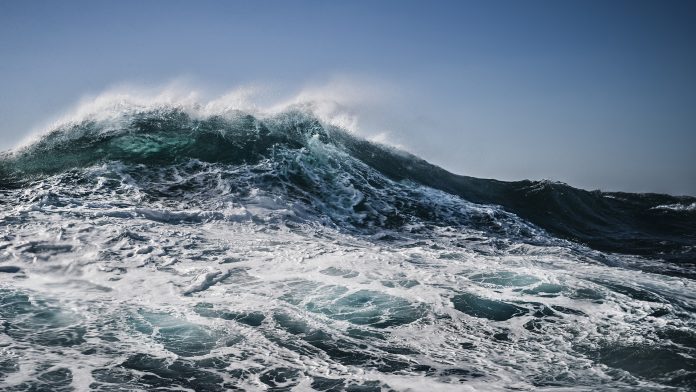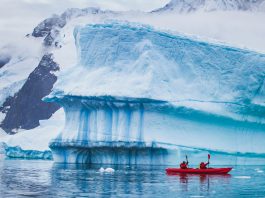According to researchers from the University of Gothenburg, storms over the waters in Antarctica have produced an outgassing of carbon dioxide into the atmosphere.
The Southern Ocean that surrounds Antarctica plays an important role in the global climate as its waters contain large amounts of carbon dioxide. A new international study, in which researchers from the University of Gothenburg participated, has examined the complex processes driving air-sea fluxes of outgassing of carbon dioxide.
The research group used advanced ocean robots for the study, which provides a better understanding of climate change and can lead to better global climate models.
Storms bring carbon dioxide-rich waters to the surface
The research group is now delivering new findings that give more information on Antarctica’s important role in climate change.
“We show how the intense storms that often occur in the region increase ocean mixing and bring carbon dioxide-rich waters from the deep to the surface,” explained Sebastiaan Swart, professor of oceanography at the University of Gothenburg, and co-author of the study. “This drives an outgassing of carbon dioxide from the ocean to the atmosphere. There has been a lack of knowledge about these complex processes, so the study is an important key in understanding the Southern Ocean’s significance for the climate and the global carbon budget.”
Research of the outgassing of carbon dioxide
Half of all carbon dioxide bound in the world’s oceans can be found in the Southern Ocean. At the same time, climate change is expected to result in more intense storms in the future. Therefore, it is vital to understand the storms’ impact on the outgassing of carbon dioxide into the atmosphere.
“This knowledge is necessary to be able to make more accurate predictions about future climate change. Currently, these environmental processes are not captured by global climate models,” commented Marcel du Plessis at the University of Gothenburg, who also participated in the study.
Pioneering ocean robotics
Measuring the inaccessible and stormy waters around Antarctica for long periods of time is extremely difficult. The researchers tackled this challenge by utilising unique robot technology. For several months, autonomous ocean robots, including drones and ocean gliders, collected data from the surface and through to depths of one kilometre.
“This pioneering technology gave us the opportunity to collect data with long endurance, which would not have been possible via a research vessel. Thanks to these ocean robots we can now fill important knowledge gaps and gain a better understanding of the importance of the ocean for the climate,” concluded Swart.









